A key motivation for many dam removals is their aging infrastructure.
Dams have limited lifetimes, large numbers of which have now been exceeded and need to be decommissioned responsibly.
It can be tricky to find a balance between the social and economic benefits provided by these structures and the negative ecological impacts. However, with a strong basis in science and with the support of dedicated organizations, we are starting to see dams being removed across the country.
The New Canadian Aquatic Barriers Database
In the lead up to the launch of the Canadian Aquatic Barriers Database (CABD), we want to share some of the great work going on in Canada around the removal of barriers to fish passage and freshwater connectivity.
To this purpose, we are highlighting the removal of the Campbell Creek dam in Marysville, New Brunswick. This project is being undertaken by the Maliseet Nation Conservation Council and the Fredericton City Council. Additional support was provided to the Nashwaak Watershed Association.
Providing the data and information required to informing these barrier removal trade-off evaluations is one of the core concepts underpinning the CABD. We hope that the Canadian Wildlife Federation can support great projects like this one in the future.
Campbell Creek Dam
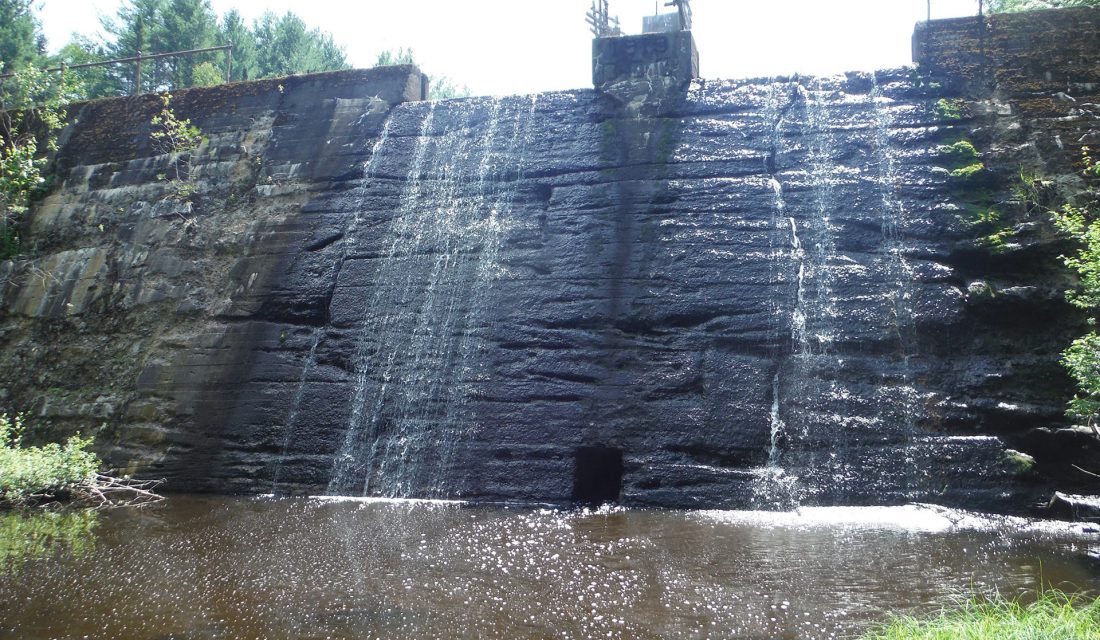
Built in 1919, the Campbell Creek dam was a well-known landmark in Marysville. It once provided water to the Marysville Cotton Mill — the largest of its kind in the Maritimes. With the closure of the mill in the 1970s, the dam became obsolete and began to deteriorate.
After assessing the dam in recent years, engineers recommended the complete removal of the dam as it was a liability in terms of safety. It also negatively affected fish habitat and aquatic connectivity for over a century. The dam does not meet the Canadian Dam Association guidelines with respect to the hydraulic capacity of the spillways, stability, seepage and erosion, or public safety and fish passage is non-existent.
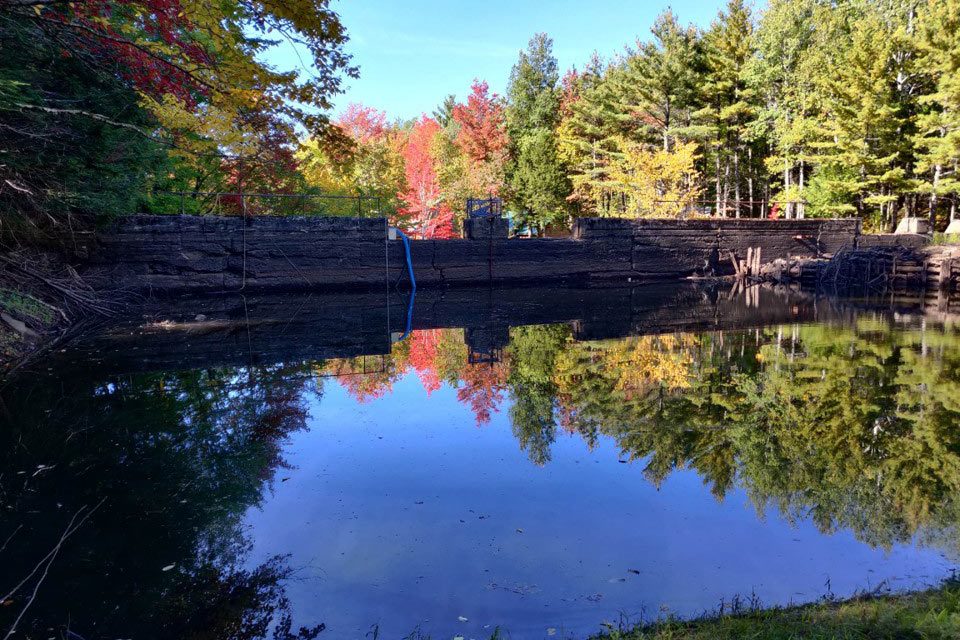
In 2016, the derelict structure of the dam began to drain, leading local environmental NGOs and Wolastoqey groups to seek funding and initiate a conversation with the City of Fredericton about removing the structure. After funding from Department of Fisheries and Oceans was secured by the Maliseet Nation Conservation Council, Fredericton City Council decided to remove the dam in 2021. Additional funding for the project was provided to the Nashwaak Watershed Association from the Atlantic Salmon Conservation Foundation, along with a cost-sharing agreement with the City of Fredericton and in-kind support from many other partners.
Steps to Removing a Dam
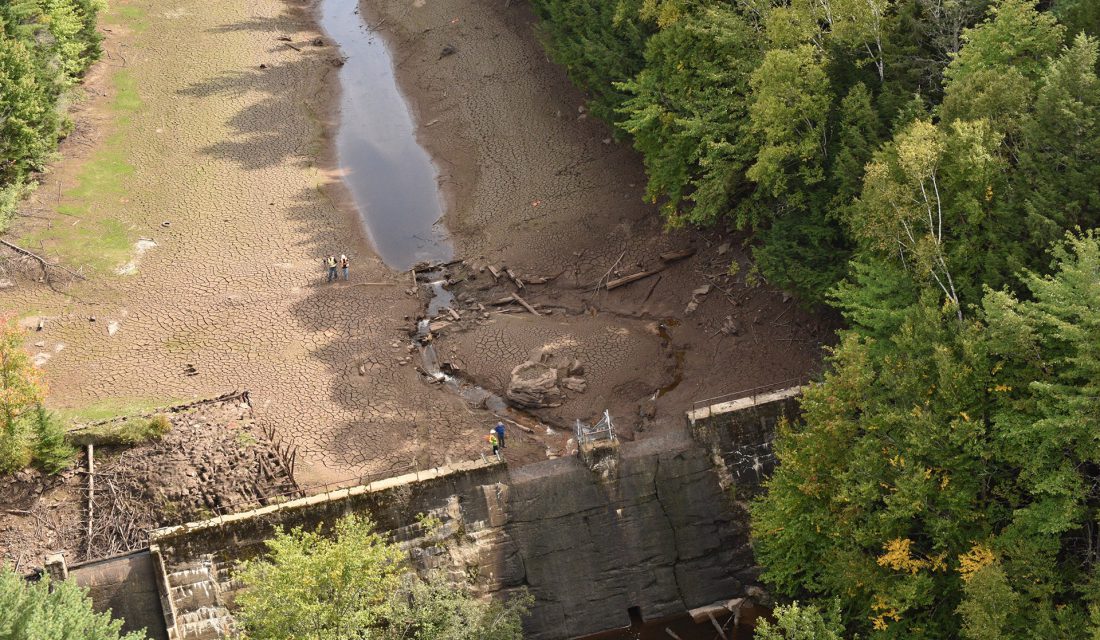
A local engineering firm was hired to design the specifications for the removal of the dam. The first step was to drain the headpond using gravity siphons. The second was to remove a blockage that was covering the sluice gate and then cutting a notch in the top of the dam to prevent the headpond from filling up completely.
Archaeological Survey
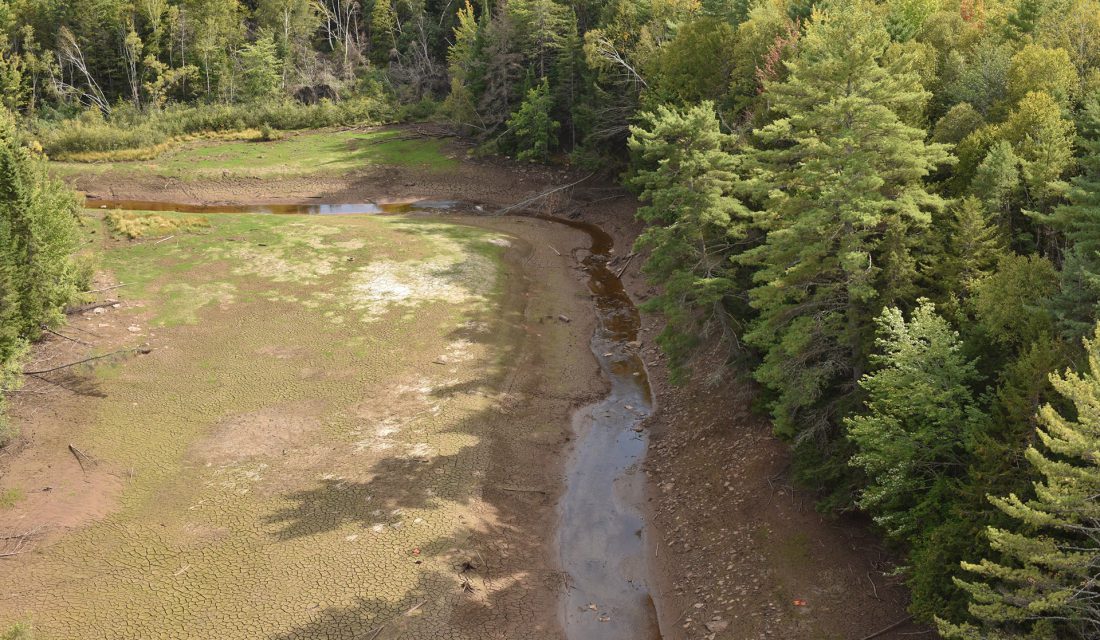
The dam structure is over 100 years old and lies within an area with a paleoshoreline — a shoreline that existed prehistorically — that may have been used at one time by Wolastoqwiyik Peoples. As such an archaeological survey of the site was necessary. This summer, archeologists completed a 3-D scan of the dam, an older timber structure as well as test pits throughout the site to document historic landuse of the site. Archeological work on the dam is on-going throughout the construction process.
Final Deconstruction
The tender for the dam removal closed early this summer and was awarded to local contractors. Construction is due to begin at the start of August when the dam will be fully removed using heavy machinery. The debris will be buried on site and topsoiled to be planted over with native vegetation.
Headpond Restoration
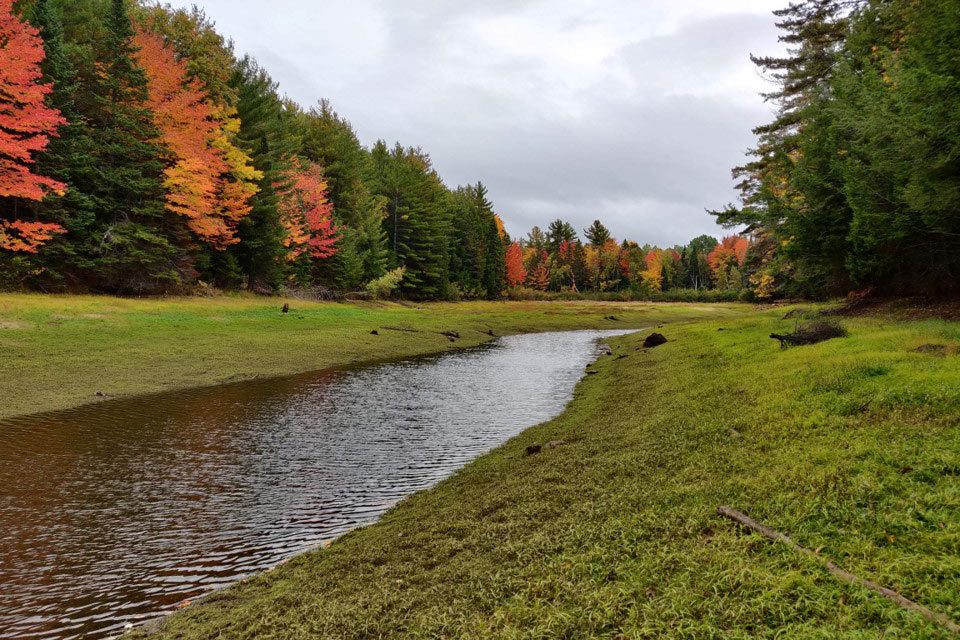
In the fall, the former headdpond will be replanted to mitigate erosion and to restore the native riparian and upland Acadian forest ecosystems. The partners will also install a heritage display acknowledging the history and legacy of the dam and this project.
Monitoring
Post-dam removal, the site will continue to be monitored to assess changes in baseline conditions associated with the project. This includes monitoring water quality, fish communities, habitat and forest restoration.
The main hurdles partners encountered working on this project were the long timeline of the permitting process and working with uncooperative landowners, who have an attachment to the dam headpond from a personal and recreational perspective.
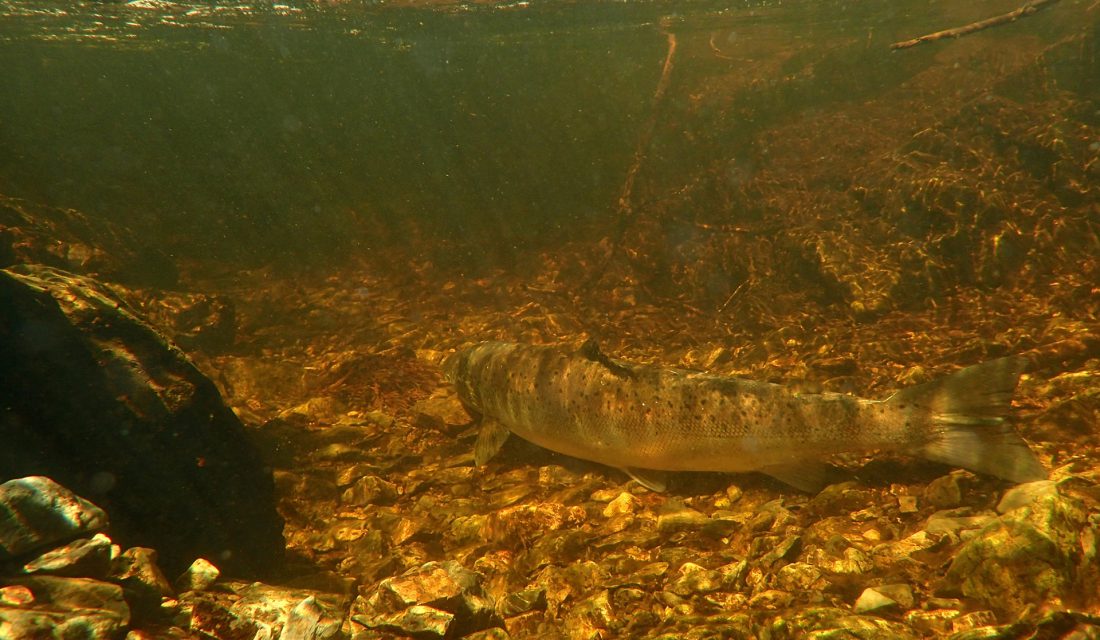
Campbell Creek provides high-quality cold-water habitat for species at risk such as Atlantic Salmon and American Eel. Removing the dam will:
- Improve water quality
- Provide landscape connectivity
- Regulate the flow of water and sediment downstream
Re-vegetation of the stream banks will provide habitat for terrestrial species and shade the restored stream.
Removing the Campbell Creek dam and restoring the ecosystem will not only benefit aquatic species, but also reunite the Wolastoqwiyik Peoples with an important region in their traditional territory and local residents to an iconic and productive tributary.

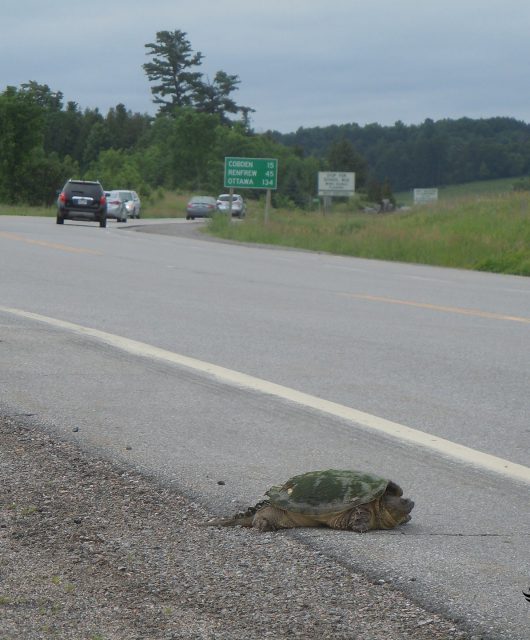


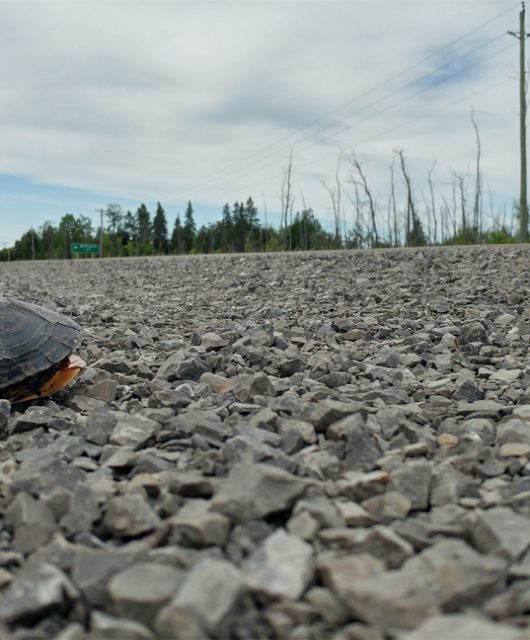
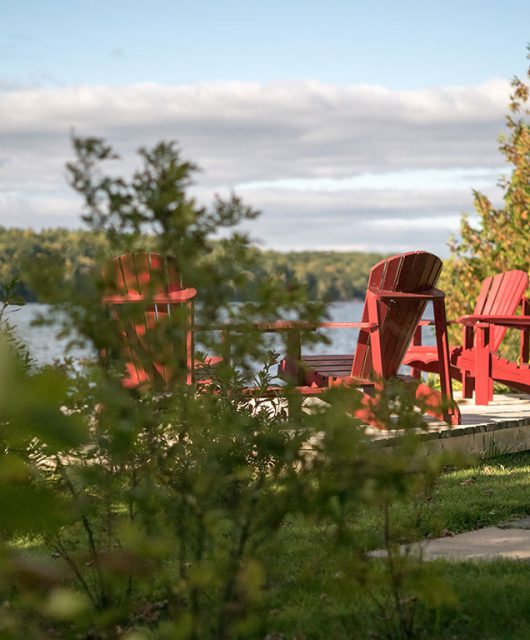
1 comment